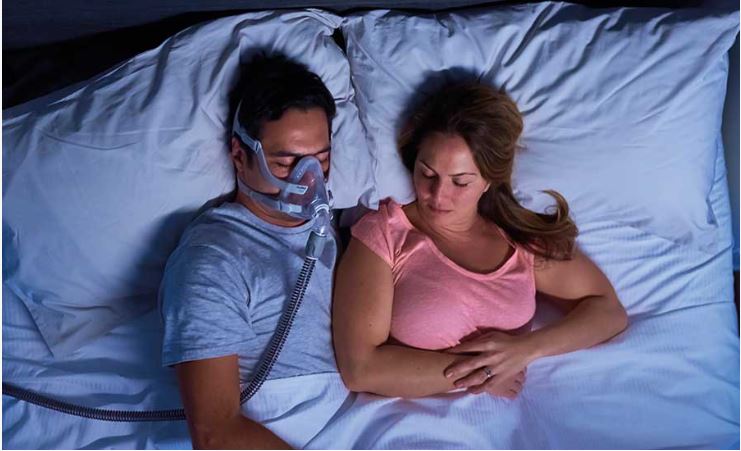How to solve 7 common CPAP mask problems

January 10th 2023
Are you struggling with your CPAP mask? Continuous Positive Airway Pressure (CPAP) therapy is an effective way to treat obstructive sleep apnoea, so it’s important you feel comfortable and confident when wearing your CPAP mask. To help you experience therapy that leaves you feeling relaxed and refreshed in the morning, we’re going to explore seven common mask issues and explain how to solve them. The aim: a well-fitting CPAP mask, comfortable therapy, and good sleep!